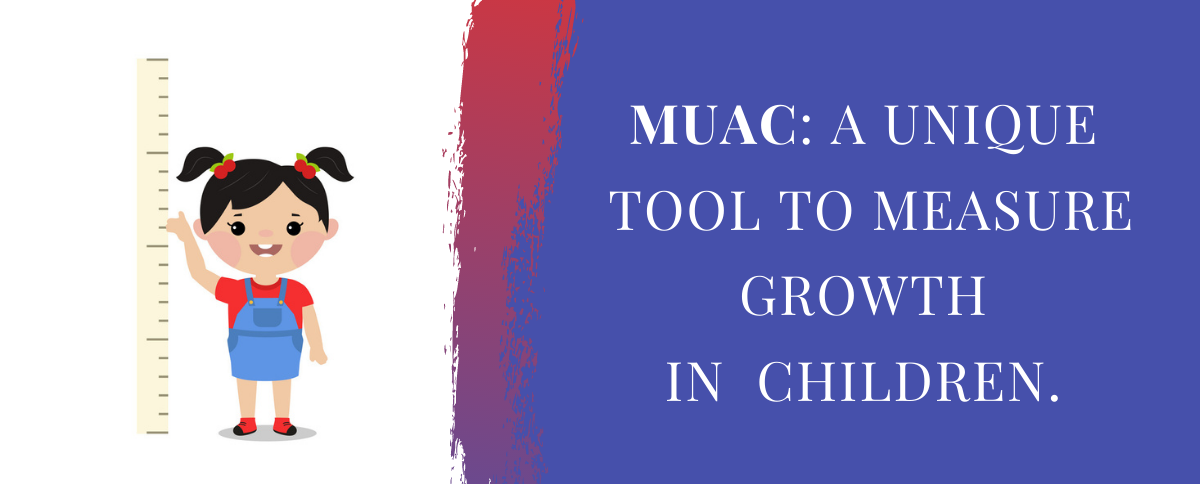In my last blog post, I shared with you an overview of Abbott Growth Summit in Stockholm. The Summit which brought multiple stakeholders (doctors, nutritionists, etc) to the table, saw an engaging and impactful discussion on Childhood Growth & Nutrition. As promised, this post will speak more on Middle Upper Arm Circumference or MUAC.
From the list of speakers that took to the podium to present their work, one person’s session struck me the most. It was Dr Susan Rahman’s discussion on the usage of MUAC which I now know is an abbreviated form of Middle Upper Arm Circumference, in understanding childhood growth.
Dr Susan Rahman is the Director of Innovation in Healthcare Delivery research within the Children’s Mercy Research Institute. Dr Rahman also holds an appointment as Professor of Pediatrics and Pharmacy, University of Missouri-Kansas City School of Medicine.
During her session, she took us through the very core of MUAC and its application. MUAC is a simple tape that assists mothers everywhere to check if their child is undernourished and accordingly take steps. MUAC is a function of age as well as gender – but for simpler application, Dr Susan currently uses it only as a subset of age.
I particularly became fascinated with it because one could see how much ease it would provide to the parents in comparison to measuring height & weight.
For the un-initiated, here is a short video of Dr. Susan showcasing the process of measuring MUAC on a rather willing child in this case Rachel from Abbott team (some laughs can be heard along the way :D).
Given my body of work (through Blogchatter) with parenting as a conversation overall, I have often sensed that people in India are often perturbed not by how fast (or slow) their child is growing but how their progress is placed in comparison to their peers.
And this seems like a rather counter-intuitive process to pick on. But given how easily we can perceive height and weight as a comparative visual (simply by making two children stand next to each other), this sense of growth might never leave our country.
But MUAC, on the other hand, seems so functional and perhaps more accurate in nature that it made me wonder if this can be the metric that can help shatter the comparative conversations that we currently have in our parenting zones.
The MUAC tape if you notice, is devoid of specific numbers but contains only colours – green, yellow and red – easing the understanding and plotting of growth. Instead of noting down figures, one could simply jot down “okay/not okay” and be good to go.
During the course of our Pediasure Grow Right Campaign, we kept the focus on discussions that assisted parents to track nutrition & growth with ease and also furthering them to map childhood growth irrespective of comparisons.
The 90 days visible growth aspect of Pediasure becomes even more relevant when we view it as a function of MUAC – assisting mothers everywhere to not only plot and monitor growth of a child but also the associated impact of nutrition in the journey.
After spending the week at the home of the Nobel Prize, I left feeling inspired to make the world a brighter place for the children of India, and with that, I ask you: what can we do as parents to stop simply comparing our children to others, and instead truly take action to ensure the healthy growth of our children? Is the MUAC tool part of that solution? How can we have a stronger relationship with our paediatrician? As the saying goes: it takes a village to raise a child. Who are the other people that play a role in this endeavour?
Will it be one of you who come up with that Nobel Prizing winning idea? I challenge you! Use the comments section or ping me on Twitter or Insta DM me – any route that suits your communication.





